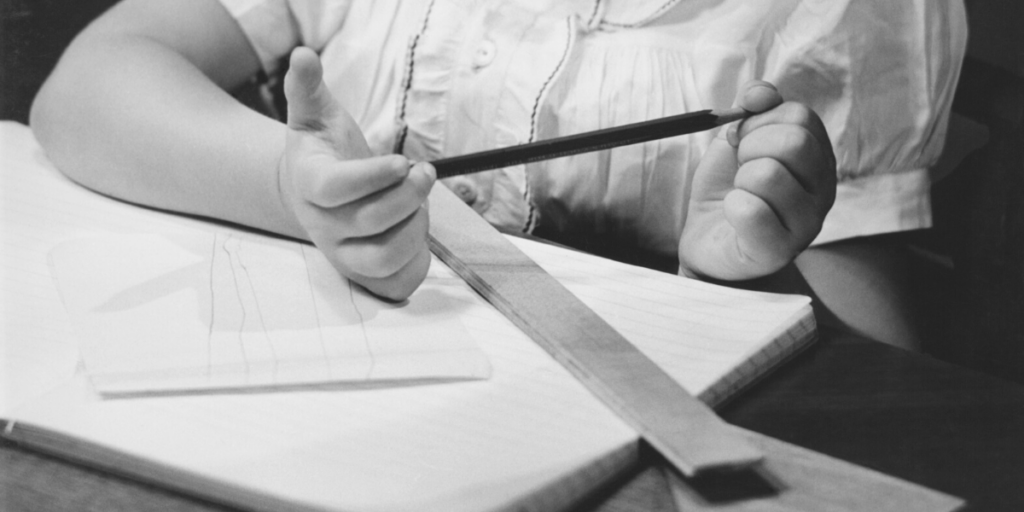Parenting
How To Prepare Your Child For KS1 SATS Testing
I still get a shiver when I think about the day I discovered that my child would be taking KS1 SATS papers at the age of 7 years old.
Last year the same feelings came flooding back with my 7-year-old ADHD son! Having a child who struggles to achieve the expected standard and finds it impossible to sit still for two minutes let alone a 40-minute test made the whole thing very daunting.
So, what can we do to help prepare our kids for the KS1 SATS tests?
What are KS1 SATS tests?
Key stage 1 SAT tests are a series of formal papers in Maths, English and Reading and some informal science assessments which take place throughout the year.
KS1 SATS Reading Papers
Paper 1. This is a paper with a short text to read, and your child will be asked questions about it. Usually, it is between 400 and 700 words.
Paper 2. This paper is longer, between 800 and 1100 and your child will be asked to answer questions about the test.
The questions are easier at the beginning of the test and then get more difficult as the test goes on. Paper 1 is easier than paper 2.
The papers may be poetry, fiction or non-fiction and are worth 20 points each.
KS1 English Grammar, Punctuation and Spelling Papers (SPAG)
Spelling approx. 15 minutes.
The teacher will read out approx. 20 sentences from a booklet which your child will be given and each one will have a missing word. Your child will need to fill in the missing word, which must be spelt correctly and have the capital letter in the correct place and apostrophes if necessary.
Punctuation and grammar approx. 20 minutes.
These questions will test your child’s knowledge of punctuation, grammar and vocabulary.
KS1 maths papers
Arithmetic approx. 20 mins.
There are 25 questions on numbers and calculation. Your child will not be allowed to use a calculator or any other maths apparatus.
Maths reasoning approx. 30 minutes.
Questions about measurements, geometry and statistics. The teacher may read the first few questions and your child will answer. Then your child will be left to answer the rest of the paper on their own. They may not use a calculator but will be allowed to use a ruler.

How To Help Your Child With KS1 SATS.
Remember your child is still only little, these tests are no big deal.
As long as they try their best that’s all that matters at the end of the day. If you and your child’s school manage it well, your child should breeze through their KS1 SATS without even realizing they’ve done it!
- Speak to your child’s teacher
Speaking to your child’s teacher can help you to communicate exactly what your child’s needs would be, such as extended time for a reading test, or special materials they may need.
They may also be able to give you an example of some question types or sample papers so you know which type of questions they will be asking your child. You can find previous KS1 SATS papers here.
- Find out where your child may need extra support.
Finding out where your child may need extra support enables you to help them to become more confident.
Most schools will have a meeting in the run-up to the SATS tests. The meeting will help you to understand what to expect, and how your school will be tackling the tests. If you can please try to attend the meeting, as it is full of really useful information and will help to alleviate any worries you may have regarding the SATS tests. - Reassure your child
The first and most important way to prepare your child for the tests is to ensure them that if they do their best that is all that matters.
I told both of my children that the tests were a way that the school’s bosses could tell whether or not the teachers were doing their job correctly and teaching the right stuff.
I told them that it was really the teachers that were getting tested. This seemed to resonate with my kids and they both seemed very relaxed about it all.
The teachers also kept it all pretty low key and didn’t make a huge big deal about it, which helped.
They will also practice a few of the past papers with your child in the run-up to the SATS testing to get them used to the format of the papers.
My children both got a few practice papers for homework which really helped them get used to doing the test papers. - Play games with your children.
Playing simple games with your child can improve maths skills without making it a big deal. Darts, Monopoly, pretend shopping, and many board games can help kids with maths, and are a lot of fun!
- Read to your child every day.
Read as much as you can to your child and ask them questions about the text they have just read. Reading helps a child’s English grammar and English skills. You can get phonics screening test resources here
- Help your child with spelling tests.
You can pretend that you don’t know how to spell a word and ask your child how to spell it, kids often love to help, and this is the perfect way to get them to practice spellings without even noticing!
- Start cooking!
Get your child to read a recipe, this will help them to follow instructions.
Weighing and measuring ingredients will also help them with their maths skills. Cooking is a great life skill to start at an early age too! - Go shopping with your child.
Give them a list and some money and help them figure out how much they have spent and how much change they will need.
- Teach your child the time.
Telling the time is a great way to practice maths. Teach your child both digital, chronological and the 24-hour clock.
- Sing songs!
I found that this was the easiest way to help my kids learn their times-tables.
We sang each set of times tables to a popular tune from the charts and bingo they remembered!
Knowing times-tables is a hugely important life skill and not one just for the ks1 sats! - Make sure your child eats a healthy breakfast.
In the weeks running up to the test make sure your little one gets a really healthy breakfast, this will help your child to concentrate during the tests in the morning.
- Get your kids to bed early on school nights.
This is one of the most important things you can do to help your child prepare for their SATS tests. Get your child into a routine, maybe a nice bath, a book then bed. Limit screen time before bed and make sure your child gets plenty of sleep.
- Don’t make it a big deal!
I completely minimized my child’s SATS, to the extent that I didn’t say good luck to them before they went in, or ask them how they did when they came out. I literally pretended they weren’t happening! It might seem a little harsh but it worked, because I put absolutely no importance on them what so ever.
My kids just went about it like it was a normal day which was exactly what I intended!
If your kids think you’re in any way anxious or nervous then they, in turn, will be nervous and may not be able to do their best.
Frequently asked questions
In key stage one, the tests are marked by your child’s teacher.
Your child will be given a raw score for the results of their tests.
The raw scores are out of:
40 for English
40 for English Reading
50 for Maths
These scores are then converted to sliding scaled scores, which will then tell you how well your child has done against the national curriculum.
Children need to have scored 100 to meet the expected standard.
If they get below 100, they are still working toward achieving the expected standard.
If they have scored above 100, they have exceeded the expected standard.
KS2 SATS tests are marked by an outside adjudicator.
You will probably not receive any results unless you ask your child’s teacher for them, however, in your child’s end of year report you will be told whether or not your child is reaching the expected level.
KS1 SATS are used to show where your child’s academic knowledge ranks compared to the national average.
Children take KS1 test papers in Year 2
The tests are not strictly timed, as the child’s ability to work at speed is not being tested. If your child requires more time to take the tests this should be arranged beforehand with your child’s teacher.
You can also arrange for a reader for your child, the reader will sit with them and read the questions to your child (they will not be able to help them read the comprehension booklet). You will also find that the teacher will help read out as much as they are allowed to help the class.
There are 2 papers for Maths, 2 papers for English and 2 papers for Reading.
The results are important in assessing what level your child has achieved compared to the national average, so it’s probably more helpful to look at the papers as an assessment of your child progress rather than a test.
Yes, KS1 and KS2 sats tests are compulsory. If you are worried in any way about your child taking their SATS test, speak to your child’s teacher.
KS1 tests are marked by the teacher. The schools do not publish the results and they are not sent to the government.
The exact date will be determined by your school, however, they are usually sometime in May normally at the beginning.
In 2023 the KS1 SATS will become non-statuary and will be replaced with a new reception baseline assessment.
You can check out they key stage 1 scaled score conversion tables here.
For more key stage 1 sats past papers go to the government website here.
Let us know how your school handles the KS1 SATS tests and join the chat in the comments below!


